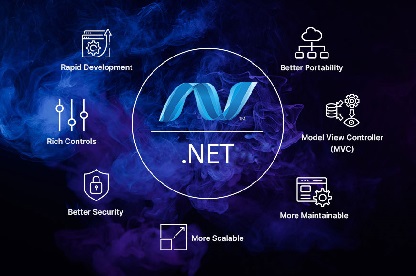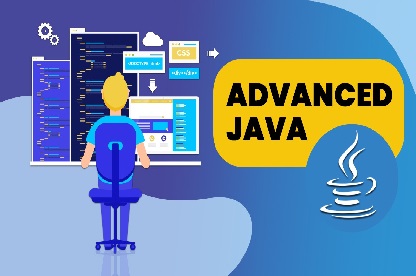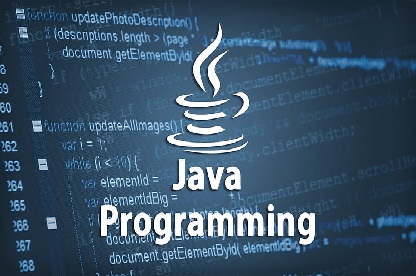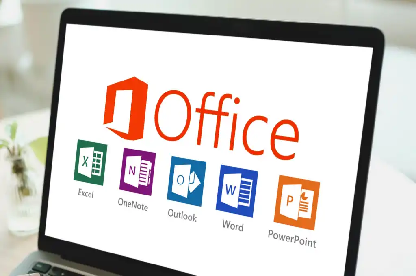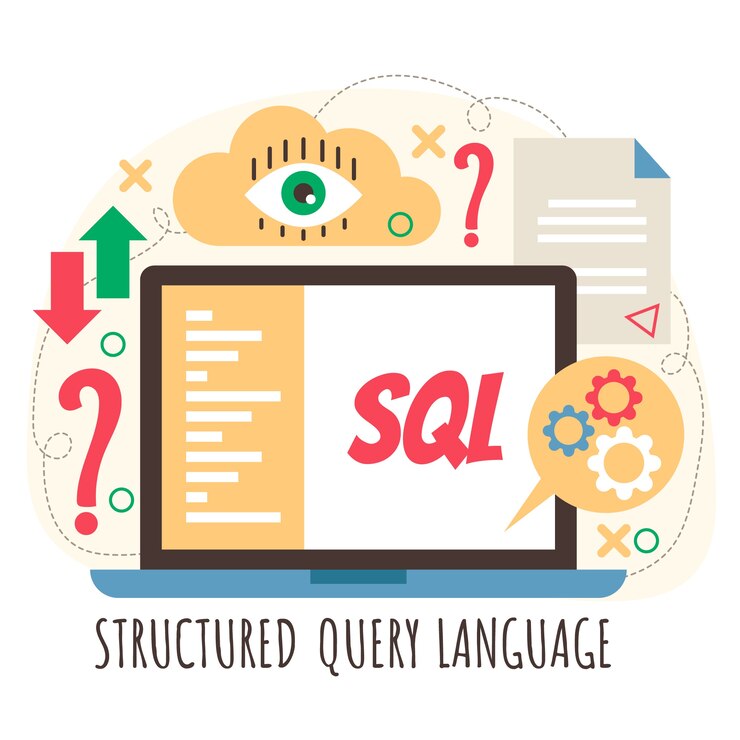
SQL

Grownet Technologies is the best institute for the SQL in Chennai provides Real-time and Practical Training on SQL Server technologies. which teaches you how to master the architecture of the SQL Database and how to create,insert, delete, store, and restore functions from large datasets like an expert under the supervision of industry Database Experts.
What is SQL?
SQL is an abbreviation for Structured Query Language. SQL is a standard language for storing, manipulating and retrieving data in databases. SQL became a standard of the American National Standards Institute (ANSI) in 1986, and of the International Organization for Standardization (ISO) in 1987
What Can SQL do?
- SQL can execute queries against a database.SQL can retrieve data from a database
- SQL can insert records in a database.SQL can update records in a database
- SQL can delete records from a database.SQL can create new databases
- SQL can create new tables in a database.SQL can create stored procedures in a database
- SQL can create views in a database.SQL can set permissions on tables, procedures, and views
Why to Learn SQL?
SQL helps you to easily get information from data with high efficiency. To manipulate the data in databases like Create, Read, Edit, and Delete, we use SQL queries. Users can interact with data stored in relational database management systems. Anyone who knows the English language can easily write SQL queries. Some of the key features of SQL are given below:- 1. Without a lot of coding knowledge, we can manage a database with SQL.
- 2. SQL works with database systems from Oracle, IBM, Microsoft, etc.
- 3. Simple and easy to learn.
- 4. SQL is an ANSI and ISO standard language for database manipulation.
- 5. SQL retrieves large amounts of data very fast.
Advantages of SQL
- 1. Faster Query Processing
- 2. No Coding Skills
- 3. Standardized Language
- 4. Portable
- 5.Interactive Language
- 6.Multiple data views
- 7. Scalability
- 8. Security
- 9. Data Integrity
- 10. Backup and Recovery
SQL Course Curriculum
-

Introduction to SQL
- Introduction to SQL?
- History and Uses of SQL
- Understanding Databases and RDBMS
- SQL Syntax and Basic Structure
- Setting up SQL Environment (MySQL, PostgreSQL, etc.)
-

Basic SQL Commands
- Data Definition Language (DDL)
- Data Manipulation Language (DML)
- Data Control Language (DCL)
- Transaction Control Language (TCL)
-

SQL Query Basics
- Writing Basic Queries with SELECT
- Filtering Data with WHERE Clause
- Using Logical Operators (AND, OR, NOT)
- Sorting Data with ORDER BY
- Limiting Data with LIMIT
-

Advanced Query Techniques
- Working with Aggregate Functions
- Using Grouping with GROUP BY and HAVING
- Combining Data with Joins
- Subqueries and Nested Queries
- DOM Manipulation
-

Data Relationships and Constraints
- Understanding Primary and Foreign Keys
- Defining and Enforcing Constraints
-

Database Design and Normalization
- Importance of Database Design
- Introduction to Normal Forms (1NF, 2NF, 3NF)
-

Advanced SQL Concepts
- Stored Procedures and Functions
- Triggers and Events
Related Certification Training Course

Copyright | Grownet Technologies. All Rights Reserved



